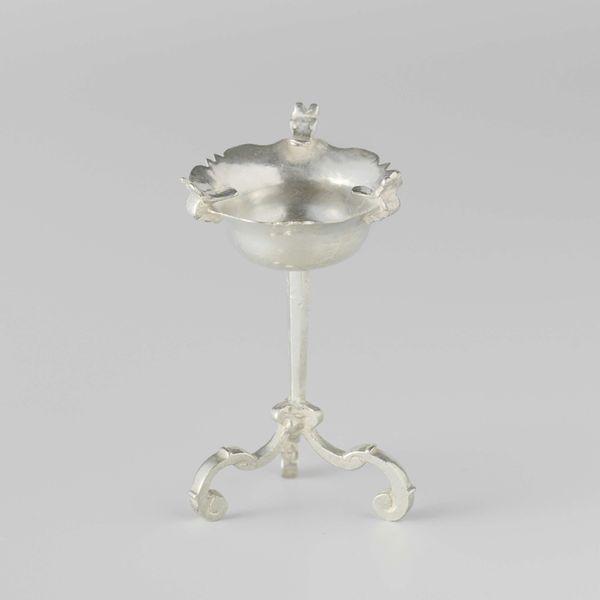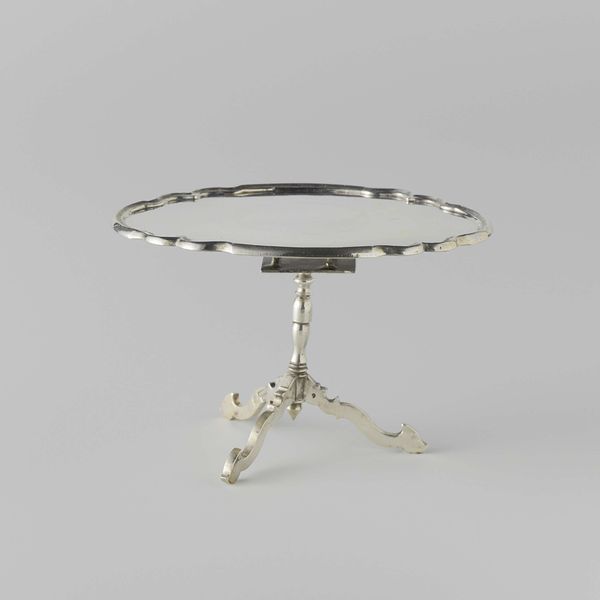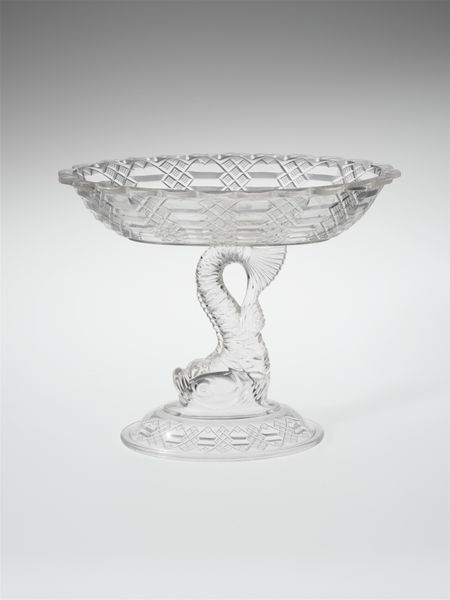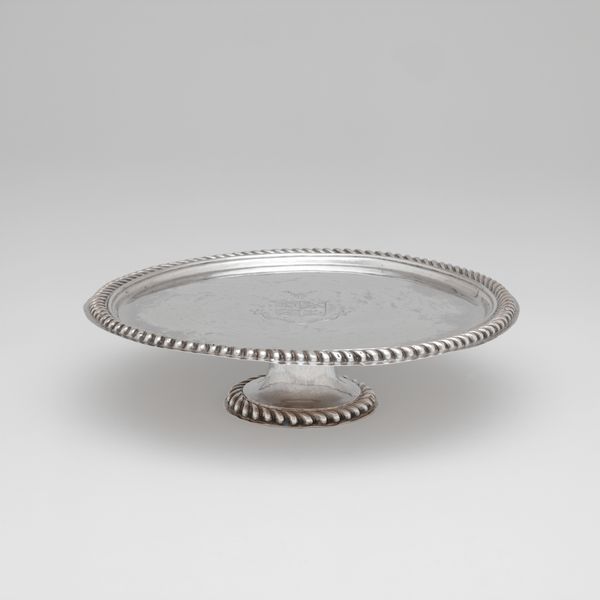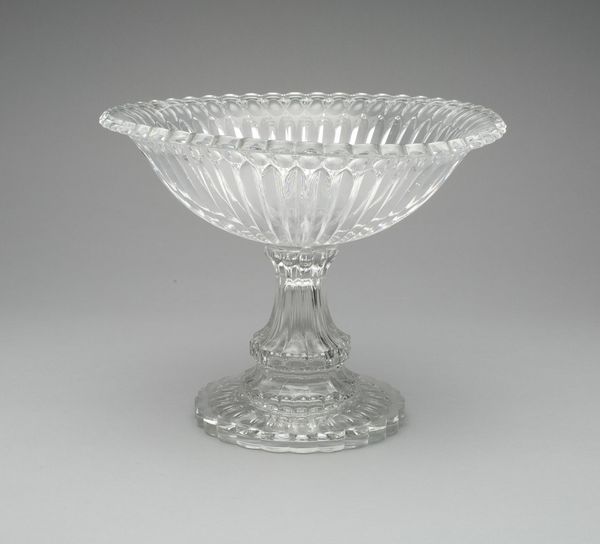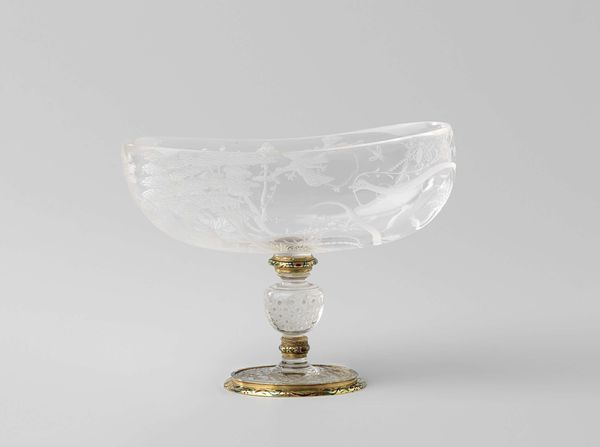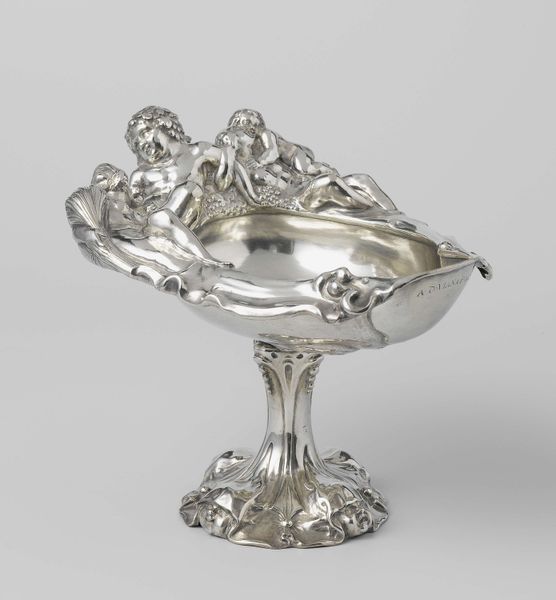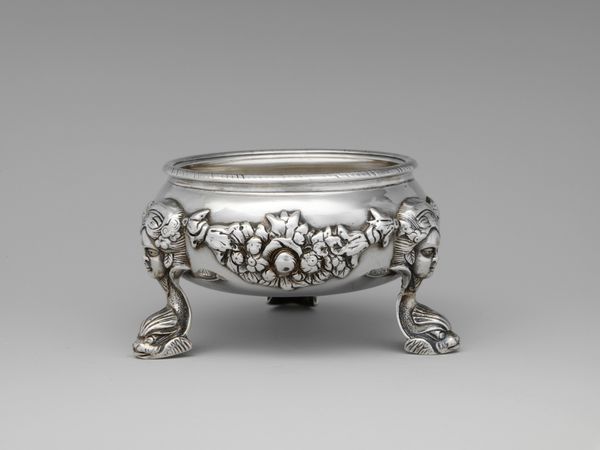
silver, metal
#
silver
#
metal
#
decorative-art
#
rococo
Dimensions: length 8.8 cm, width 6.6 cm, height 5.8 cm
Copyright: Rijks Museum: Open Domain
Curator: Here we have "Klaptafel," crafted before 1727 by Frederik van (I) Strant. It's a rather stunning example of Rococo decorative art, made of silver. Editor: My immediate impression is…whimsy. The silver gives it an ethereal glow, and those ornate legs make it seem almost like a dancing pedestal. What would something like this have been used for? Curator: It was likely a folding table, though in practice maybe more of a display piece for precious objects. Rococo, after all, was all about excess and visual delight. Considering the social milieu of the period, objects like this served as visible signs of wealth and power for those within elite circles. The politics of display, really. Editor: It certainly speaks volumes, doesn't it? The table feels so deliberately impractical with the elaborately worked metal, almost fragile in its refinement. One can consider how such items reinforced gender roles by depicting women of that era, trapped between these beautiful objects and constricting gendered expectations. Curator: Indeed. We can explore how such an object embodies the complicated historical power structures. These elaborate decorative pieces often hid realities of the colonial resource extraction of that precious metal, the exploitative labor systems. Silver wasn't just silver then; it came freighted with the dynamics of colonialism and class. Editor: Yes! And the use of Rococo reinforces this with its artificiality and opulent designs—almost a gilded cage. How do we, as curators, navigate that tension between aesthetic beauty and the embedded, often ugly, realities behind such items? Curator: By foregrounding the narrative complexity. We should ensure visitors engage critically not just with the surface appearance, but also with a richer, fuller story about its production and place in the world. It is the role of art institutions, after all, to unearth those histories. Editor: I completely agree. By inviting dialogues around its loaded contexts, we make artworks like "Klaptafel" truly alive in our contemporary moment. Curator: An object transformed through conversations, becoming something much greater than just Rococo silverware.
Comments
No comments
Be the first to comment and join the conversation on the ultimate creative platform.
